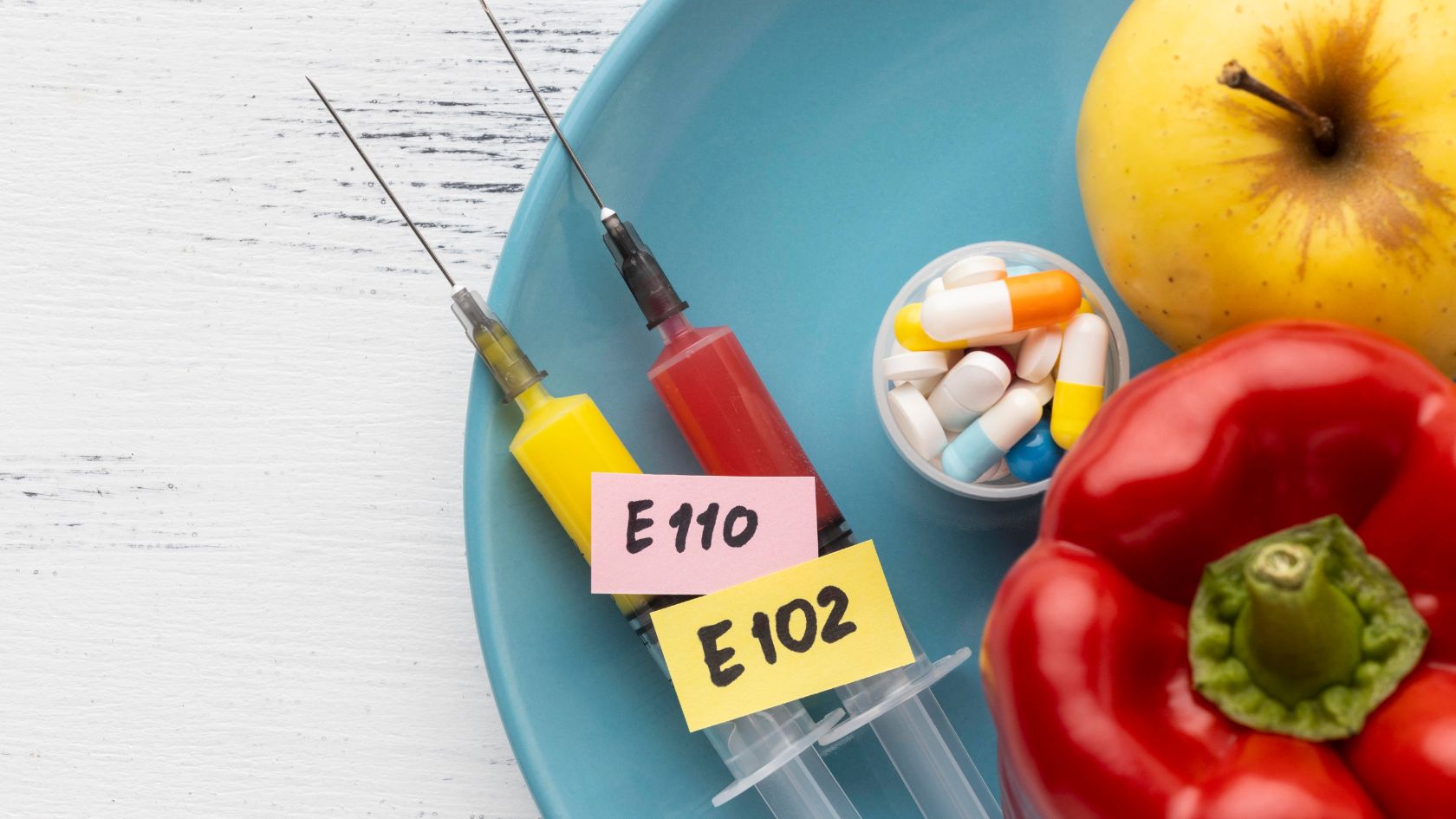When your stomach or intestines can’t do their job, total parenteral nutrition (TPN) steps in and delivers every calorie, vitamin, and drop of fluid straight into your blood through a special IV line. Think of it as a high‑tech “liquid meal” your body can use right away. It keeps kids and adults alive and healing when swallowing, digesting, or absorbing food just isn’t possible.
Even though TPN sounds complex, the idea is simple: bypass the gut, give the body exactly what it needs, and watch patients regain strength. In the next few sections, you’ll learn what’s inside a TPN bag, why doctors choose it, what could go wrong, and how you or a loved one, can manage it safely at home without a medical degree.
Key Takeaways
- Total parenteral nutrition, or TPN, skips the gut and delivers complete intravenous nutrition support directly into a central vein.
- Doctors order TPN when digestion fails, such as short-bowel syndrome or obstruction, ensuring calories, protein, fats, vitamins, and fluids reach cells.
- Benefits include preventing starvation, speeding wound healing, and restoring energy; risks cover infections, high blood sugar, and possible liver stress.
- Safe home use demands sterile technique, central line care, weight and temperature checks, plus overnight infusions through an electronic pump during sleep.
- New mixed-oil lipid emulsions cut inflammation and protect the liver, making long-term intravenous feeding safer for children and adults.
Table of Contents
What Exactly Is Total Parenteral Nutrition?
TPN basics. TPN is a sterile mixture of water, amino acids (protein), dextrose (carbs), lipid emulsion (fat), electrolytes, vitamins, and trace minerals. Everything drips through a central venous catheter (a sturdy IV in a large chest vein) because the solution is too concentrated for small veins.
Who needs it: Doctors reach for TPN when the gut can’t absorb nutrients or needs complete rest, severe bowel obstruction, short‑bowel syndrome, some ulcerative colitis flares, or after big gut surgeries. Babies born with intestinal defects and adults in ICUs with failing digestion also rely on it.
How formulas are tailored: A dietitian calculates water (about 25–40 mL/kg/day) plus energy, protein, and micronutrients based on weight, age, and stress level. Extra calories help healing; lower volumes protect fluid‑sensitive hearts and lungs. Electrolytes get tweaked daily from lab results.
Peripheral vs. central: Low‑strength “peripheral PN” can run in an arm vein for short stints but risks vein irritation if the osmolarity climbs above 900 mOsm/L. “Central PN,” the true TPN most people mean, flows through a line that ends near the heart and can carry stronger, calorie‑dense solutions without pain.
Why not just use a feeding tube? Whenever the gut works, doctors choose enteral (tube) feeding first; it’s cheaper, safer, and keeps intestines healthy. But if the gut leaks, blocks, bleeds, or simply can’t absorb, TPN is the lifesaver until normal eating resumes.
Benefits, Risks, and Everyday Care
Life‑saving upside. TPN prevents starvation, promotes wound healing, boosts immune defense, and lets kids grow while surgeons or medicines fix the gut. Patients who switch from endless nausea to steady calories often feel energy return within days.
Common complications. Because the line enters a major vein, germs can ride in and cause bloodstream infections. High sugar can trigger hyperglycemia; long‑term use may stress the liver (fatty liver or cholestasis) and weaken bones. Clots, electrolyte swings, and vitamin shortages can also occur, so labs are checked often.
Home‑care routine. At home you (or a caregiver) gather supplies, wash hands for 20 seconds, inspect the bag for leaks or cloudiness, add prescribed vitamins, connect the tubing to an electronic pump, flush the central line with saline, and start the overnight drip, usually 10–12 hours while you sleep.
Staying safe.
- Keep the line site clean and covered.
- Warm the bag to room temp two hours before hookup to avoid chills.
- Check blood sugar, weight, and temperature daily.
- Call your nurse if you see redness, fever, or milky blood return.
Modern tweaks. New mixed‑oil lipid emulsions (soybean‑olive‑MCT‑fish) cut inflammation and lower liver stress versus 100 % soybean fat. Many centers now cap soybean lipids at <1 g/kg/day and prefer blends for long‑term patients.
Weaning off. As soon as you can absorb calories by mouth or tube, doctors gradually drop TPN hours or calories to wake the gut back up. Some people use “supplemental PN,” running part‑time infusions while eating small meals until full recovery.
Ready To Feel Your Strongest?
Frequently Asked Questions
No. You might feel a brief pinch when the central line is inserted in the hospital, but the nightly infusion itself is painless.
Anywhere from a few days to many years. Some Type III intestinal‑failure patients live normal lives on long‑term home TPN.
If your gut tolerates it, yes but your care team will guide what and how much so the TPN formula can be adjusted.
Glucose, electrolytes, liver enzymes, triglycerides, and sometimes vitamins; frequency ranges from daily at first to monthly when stable.
Scrub hands, scrub hubs, keep pets & kids away during setup, and change dressings exactly as taught.
The pump controls flow so nutrients enter at a safe, steady rate and alarms if pressure changes.
Stop. Do not use it. Call the pharmacy or nurse—cloudiness may signal contamination.
Most people do well, but long‑term use can raise liver enzymes. Using mixed‑oil lipids, avoiding excess calories, and close monitoring help protect the liver.
Yes, pediatric formulas supply extra protein and calories so children can catch up in height and weight.
It’s pricier than tube feeding because of sterile compounding and supplies, but insurance often covers it when medically necessary.

